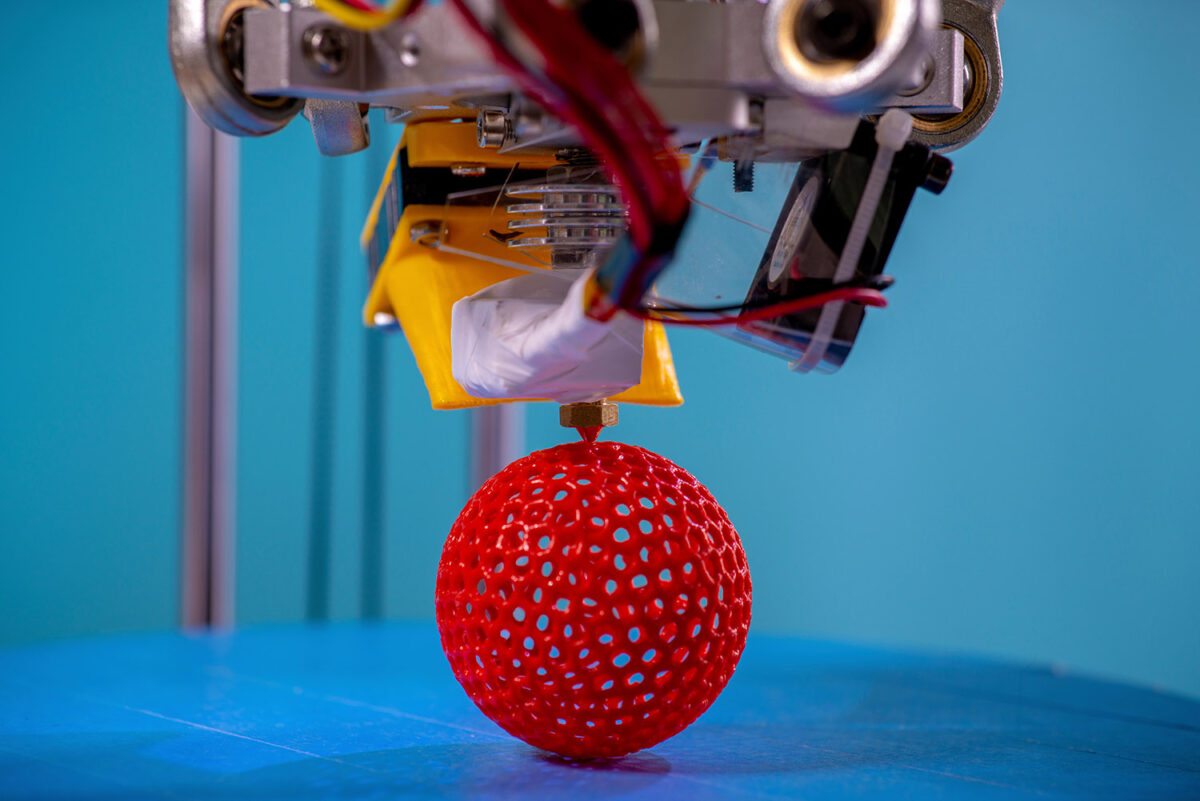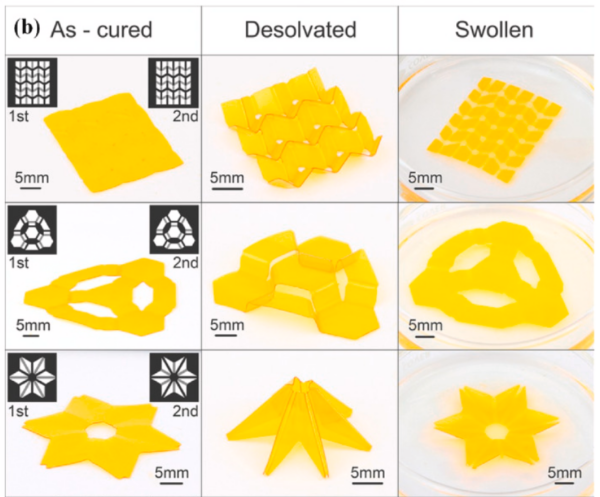4D Printing Fundamentals

4D printing is an evolution in the manufacturing process that incorporates the dimension of time into 3D printing.
4D printing enables the creation of objects that can change shape or function over time in response to external stimuli. This transformative approach combines the precision and flexibility of additive manufacturing with smart materials, opening up a new realm of possibilities in various fields.
You can also read: Laser Printed Polymers: 3D Printing without Solvents
The Foundation of 4D Printing
At its core, 4D printing builds on the technology of 3D printing, where objects are created layer by layer from digital models. The ‘fourth dimension’ is the time-related transformation capability of the printed objects. These transformations can be triggered by changes in temperature, light, moisture, or other environmental factors, allowing the objects to fold, change shape, or alter their properties autonomously.
Smart Materials: The Key to Transformation
The secret to 4D printing lies in the use of smart materials. Engineers design these materials to respond to specific stimuli with precise and predictable changes in shape or function. Examples include shape-memory alloys, hydrogels, and temperature-responsive polymers. When incorporated into a 3D-printed object, these materials enable the object to react to environmental changes. Essentially, this allows it to “move” or alter its structure over time.

4D Printed origami structures from flat shapes. Courtesy of Desolvation Induced Origami of Photocurable Polymers by Digit Light Processing.
4D Applications
The potential applications for this printing process are vast and varied, spanning across industries from healthcare to aerospace. In medicine, devices can adapt to the body’s changes over time, offering personalized treatment options, such as implants that adjust to the growing tissue. In infrastructure and construction, 4D printing can produce materials that adapt to environmental conditions, improving durability and performance. Furthermore, in the field of robotics, 4D printing enables the creation of parts that can change shape or perform different functions autonomously, leading to more efficient and versatile designs.
For example, the US Army has initiated a program across three universities aimed at creating 4D printed materials for defense and protection applications. This includes developing coatings for defense vehicles that can adjust to varying environmental conditions and modify their shape as needed. Additionally, it involves producing soldier uniforms from 4D printed material that can change shape upon contact with sharp objects.
Challenges and Future Directions
Though 4D printing holds the promise of transformative changes, it faces hurdles such as creating new smart materials and improving printing methods for precise control over transformations. However, with ongoing research, its prospects are optimistic, offering a new dimension to manufacturing, product design, and materials science.
As the technology advances, it will surely open up unprecedented opportunities and uses, representing a major advancement in additive manufacturing.
